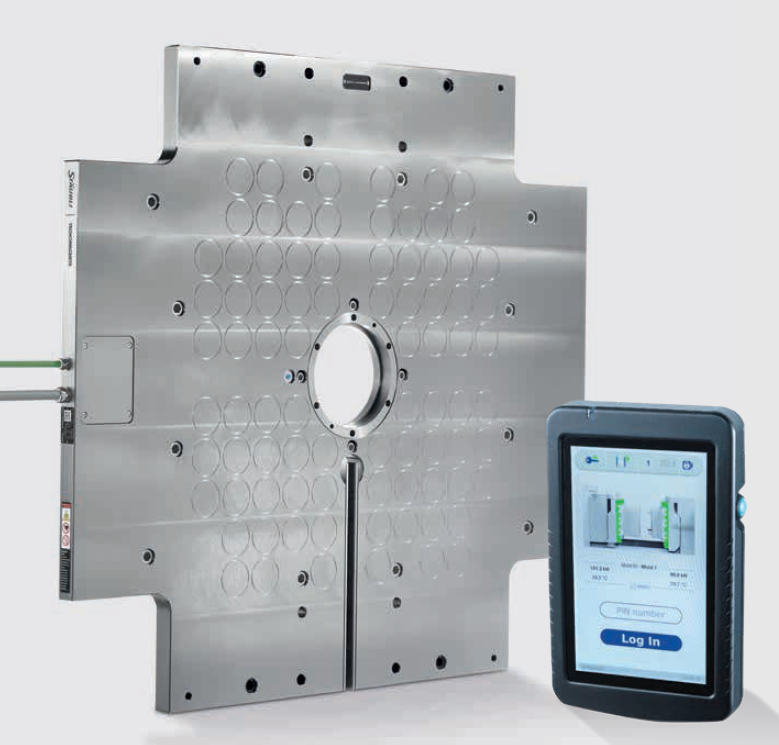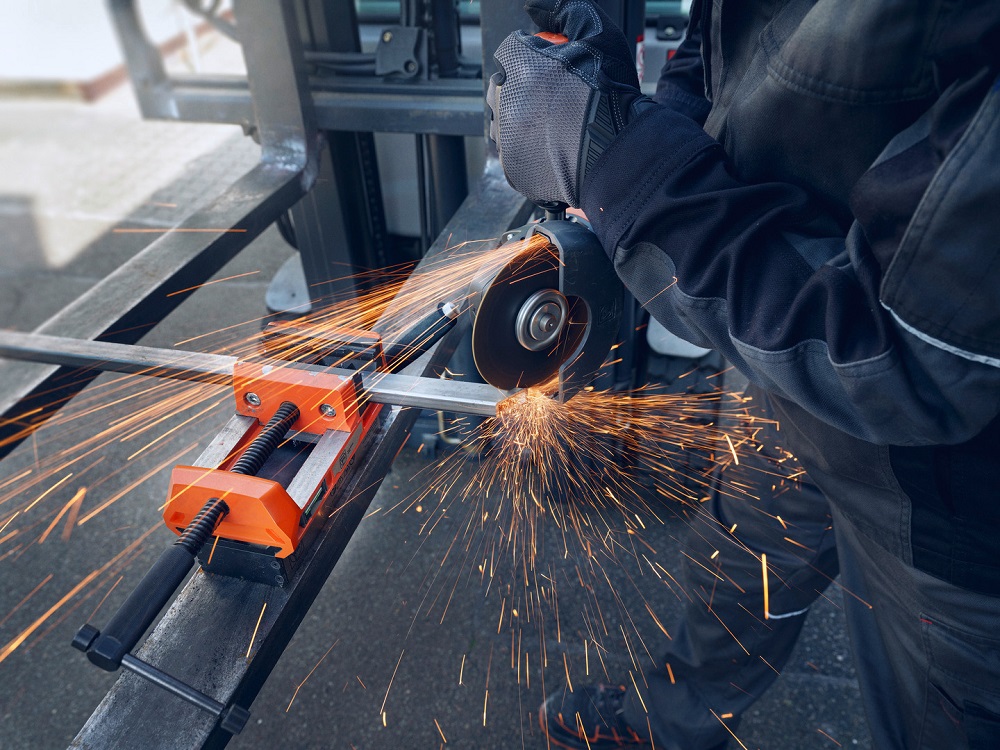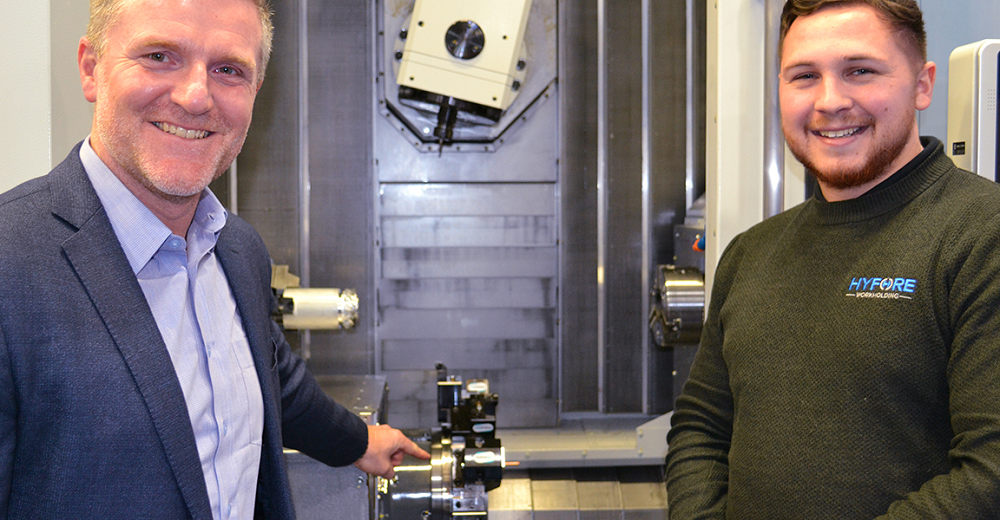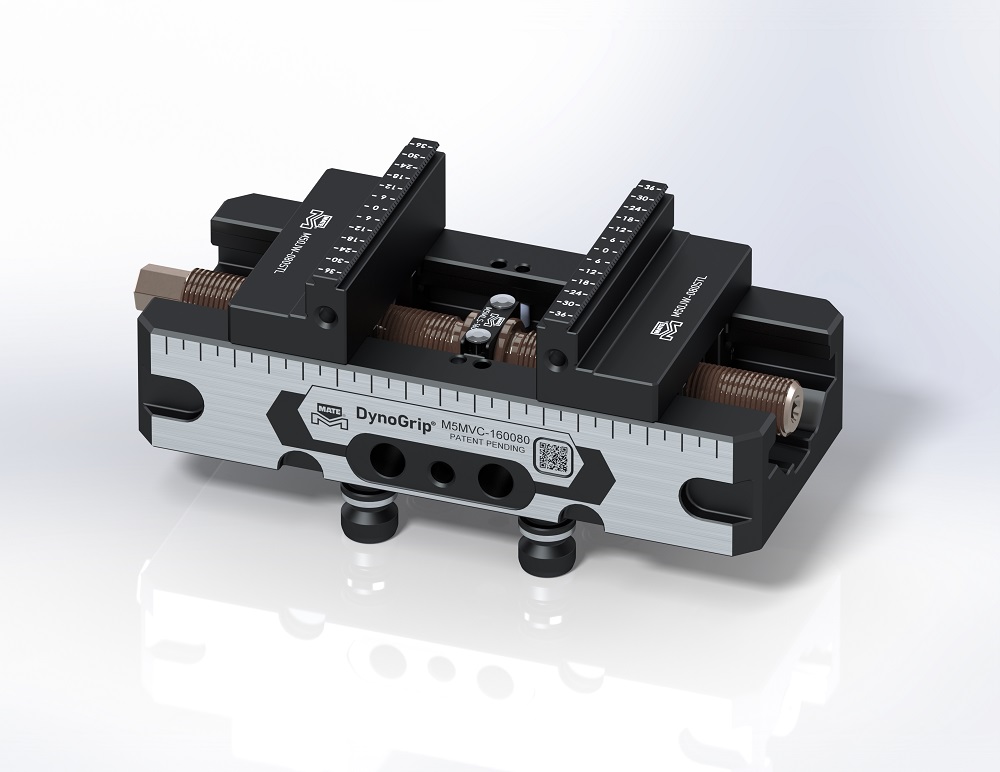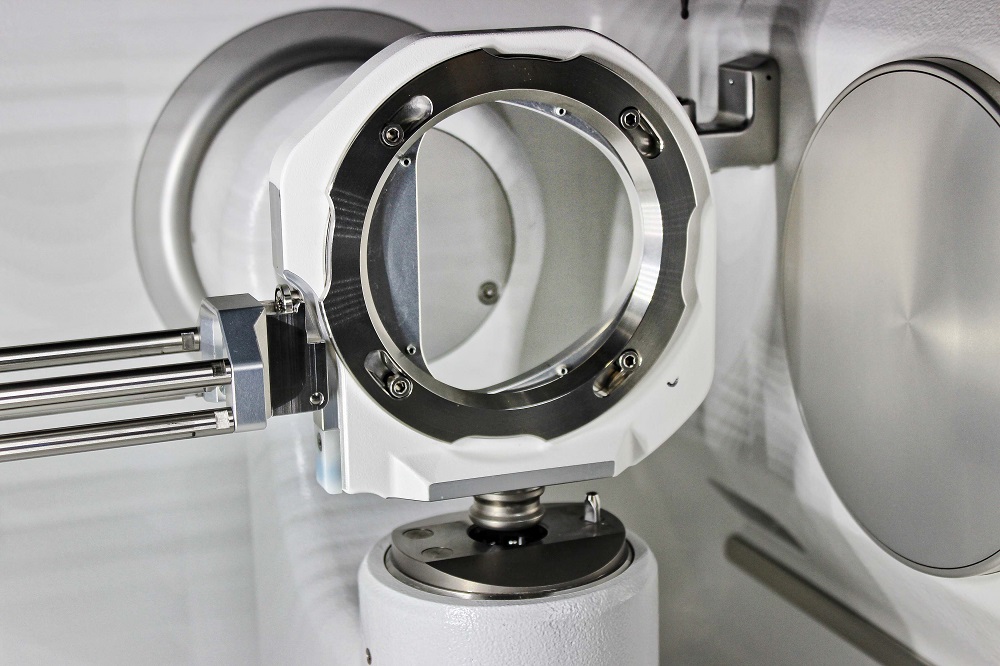Staubli and Mag-Autoblok Tecnomagnete say they have pooled their expertise totake the capabilities of magnetic clamping technology to the next level with the release of the QMC123 magnetic clamping system for injection moulding machines. An essential part of the co-development process for QMC123 was to ensure that the new system not only retained the previous system’s attributes of robustness and reliability, but also a level of familiarity for existing customers who have been using the current system since 2010.
QMC123 provides greater levels of information and features a new and easier-to-use operator touchscreen thatenables the validation of the various safety points during mould-changing operations. The IMAG-Editor software enables the calculation of clamping force for each mould prior to loading, based upon the customer’s specific press. This information highlights any potential problems ahead of production. Furthermore, intuitive guidance is availableto the operator, not only during set up, but also to assist in diagnosing warnings or error conditions, facilitating faster and safe resolution.
The manufacturing processes for the QMC123 magnetic platen design have also seen optimisation to guarantee better measurement accuracy of the clamping forces. In addition, the system is able to detect flux changes before actual mould movement takes place, further increasing safety.
As a further point, the QMC123 magnetic clamping solution will play a key role in SMED (Single Minute Exchange of Die) strategies by minimising the time between the last good part and the first good new part. Moreover, with its data acquisition capabilities, this new-generation technology is also compatible with the principles of Industry 4.0.
For further information www.staubli.com






